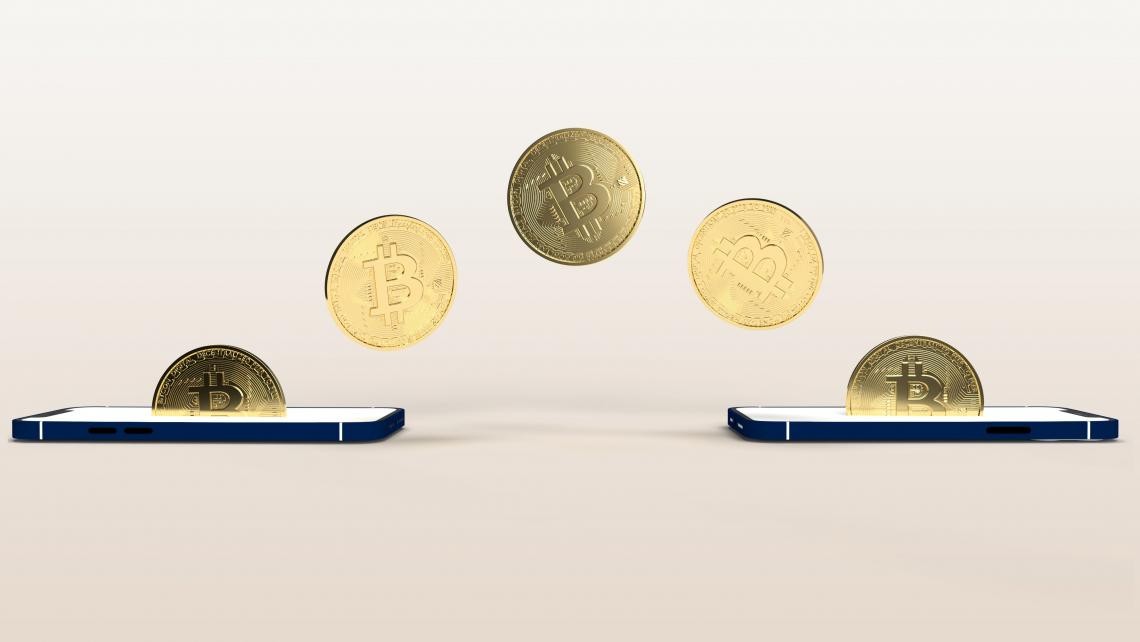The emergence of digital currencies
As technology advances, so does innovations in payment systems. While payments used to be simpler, the advent of internet and technology has brought new ways of making transactions and accessing our finances. Indeed, internet has opened the doors to digital currencies: a form of currency that is exclusively available in electronic form, meaning it is only accessible with electronic wallets, connected to internet or designated networks. However, their utility remains similar to physical/traditional currencies, like minted coins or bank notes: purchasing goods and services.
Characteristics of digital currencies
As mentioned, the main attribute of a digital currency is that it can never take a physical form and always remains in the electronic realm, to be exchanged via digital means.
It is also to be noted that two main types of digital currencies exist: centralised or decentralised. Both are based on the same blockchain technologies but with a crucial difference: while decentralised currencies such as cryptocurrencies (Bitcoin, Ethereum…) gain value from the people who use it, centralised ones are issued and controlled by an institution and are pegged to the value of that country's fiat currency.
Recognizing the potential benefits of digital currencies, a growing list of central banks and governments have begun exploring the usage of a form of blockchain technology, as they are also considering developing their own digital currency, a variant of the fiat currency, known as central bank digital currency (CBDC).
Last updates on central bank digital currencies
As of March 2022, there are ten countries and territories that had launched CBDCs, including Nigeria, China and The Bahamas. While China has just launched the digital yuan called e-CNY in February 2022 and its pilot wallet application, Nigeria has become the first African nation to launch a digital currency (eNaira), last year in October, issued by the Nigerian Central Bank.
On the other hand, there are 80 other countries with CBDC initiatives and projects underway, such as India’s digital rupee, Sweden’s electronic version of the krona (e-Krona) or the digital euro by the European Central Bank (ECB) that is exploring how to adapt to the continuing digitalisation of the global economy.
Payment systems and digital currencies
However, exploring new digital currencies initiatives means also having payment systems built to support and enable any standard or requirement, for the payment processing to be successful (for e.g., supporting real time transactions, e-wallets, etc.).
PowerCARD facilitates the integration of these external systems that provide solutions to the current digital standards. Two main services allow the management of the entire ecosystem, from customers to distributors, and the support of interfaces with major international payment schemes and networks:
· PowerCARD-Wallet is our white-label mobile payment solution, with instant payment and instant notification capabilities, that can connect to any external payment means.
· PowerCARD-Switch is able to process thousands of transactions per second. It can support all payment networks services and seamlessly enables multi-channel authorisation and transactions switching.
To know more about HPS and PowerCARD capabilities, please contact sales@hps-worldwide.com.




















